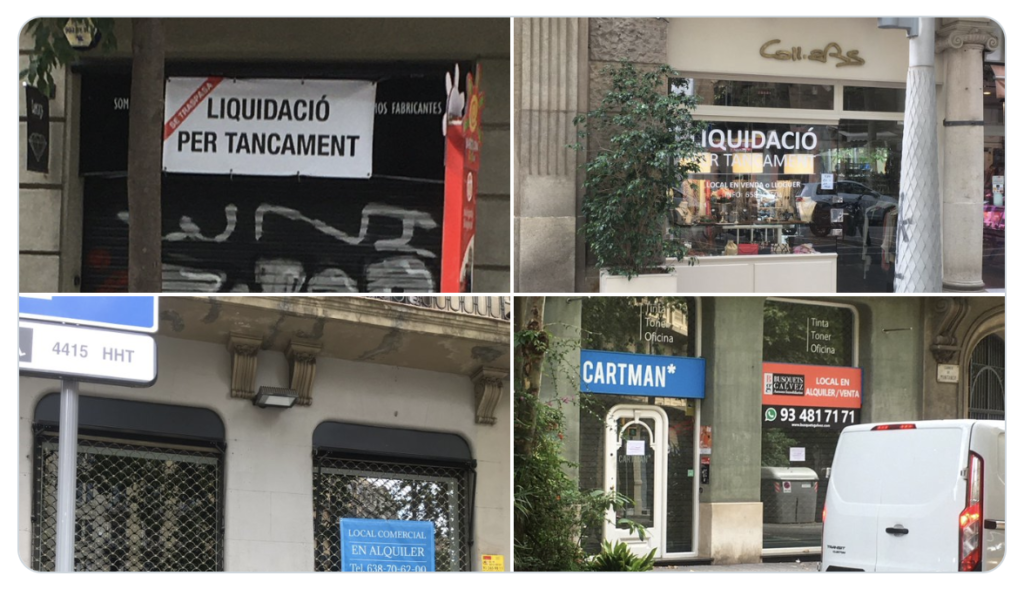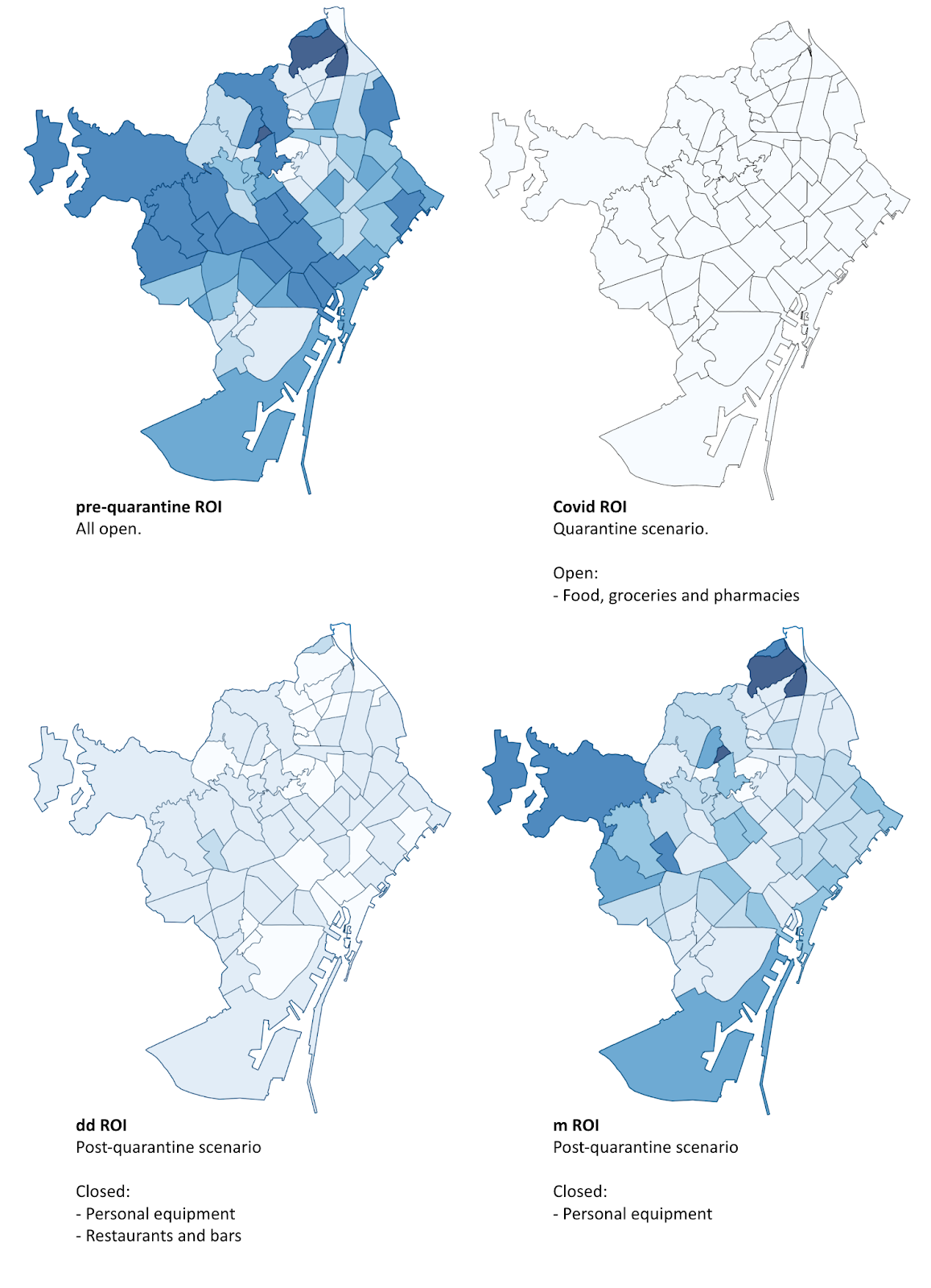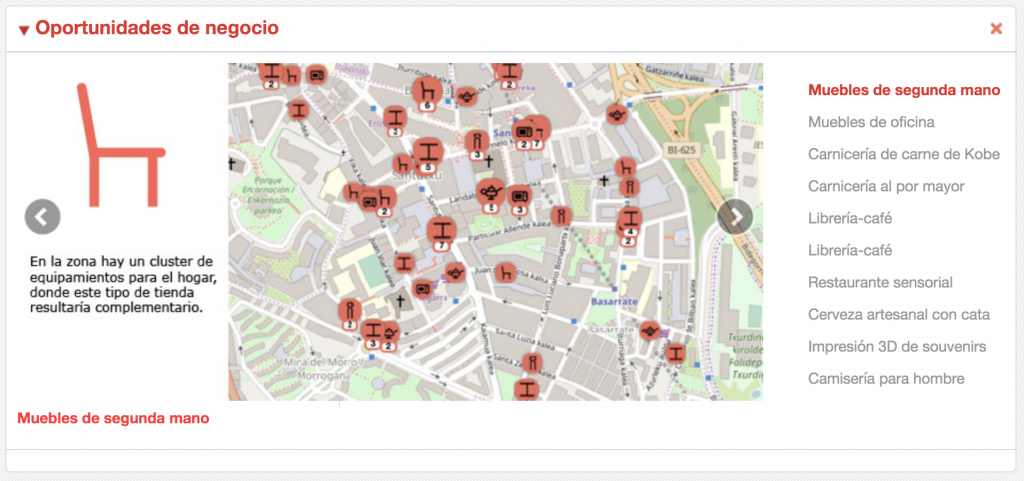The Neighborhood Impact of COVID-19, an Impetus for Innovative Testing Strategies
Many are making strong arguments in the appeal for more comprehensive coronavirus infection testing. For instance, Paul Romer, former World Bank Chief Economist, contributes greatly to the debate with his modeling and provocative spending comparisons, to encourage testing everyone in the nation once every two weeks. (His comparison with soda production is particularly provocative.) However, with the possibility that a large national testing program will remain unattainable for the foreseeable future, we see a powerful role for geospatial data analytics in shedding light on the potential for innovative testing strategies that can have sizable net positive impacts (maximize blunting of transmission and spread against deployment of resources), can protect vulnerable populations, and can be seamlessly integrated into the flow and fabric of daily routine (minimize disruption).
Our own modest contribution in this area is motivated by the inherent difficulty in maintaining social distancing practices on mass transit and the potential for prolonged exposures as defined by the CDC. Our study analyzes Bronx subway ridership composition based on home neighborhoods of riders, and asserts lower income neighborhoods may be significantly more vulnerable to economic disruption and health destabilization.
Over 80% of the U.S. population resides in urban environments and many urban residents have a significant reliance on mass transit. Furthermore, mass transit and its unrestrained use is critical for the economic vitality of large urban environments. We believe there is great merit in studying urban mobility patterns, including travel distances, dwell times, trip chains, route repetitions, anchor points, and activity spaces, and population dynamics like convergences, ephemeral clusters, and sustained pools in the context of the coronavirus, and perhaps supplemented with contact tracing data. Some patterns of mobility and population dynamics are known, such as convergences at mass transit ingress and egress points, pooling on subway cars during high-occupancy commuter periods, and clustering at mass transit interchanges. Mathematical frameworks for simulating movement, such as T. Alex Perkins et al in “Theory and data for simulating find-scale human movement in an urban environment,” or for analyzing virus spread patterns, such as Andrew J. Tatem et al in “Assessing spread risk of Wuhan novel coronavirus” could help us model coronavirus transmission and spread, and the impact to unique population groups.
At this writing the U.S. is just now reporting a consistent level of testing at or above 500,000 tests per day that some experts indicate is the bare minimum needed to track and contain (not diminish) the nation’s coronavirus outbreak. Greater emphasis on modeling mobility patterns and population dynamics could lead to some truly innovative testing strategies, that maximize impact and curb negative consequences.







